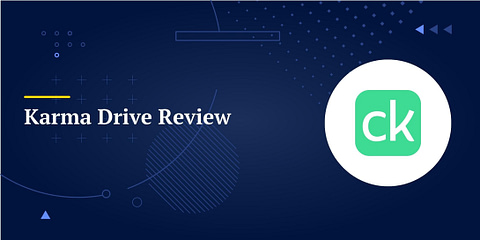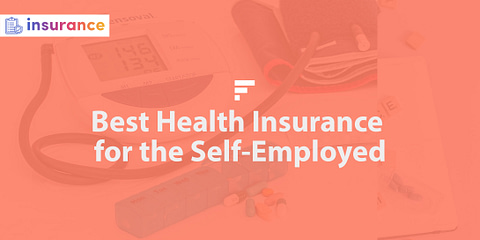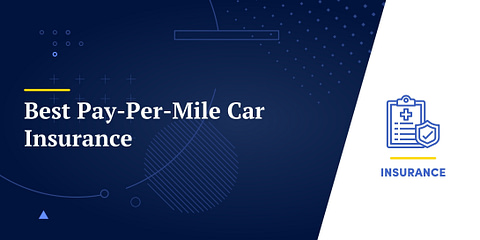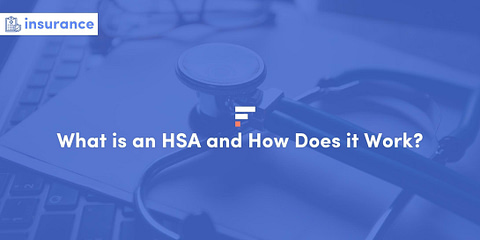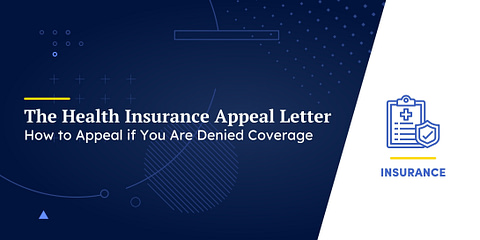American healthcare costs are surging. Insurance premiums have bloated, and deductibles and co-pays have risen to the point that even insured people can face serious financial stress from an unexpected illness or injury. The No Surprises Act protects against a common problem: surprise medical bills.
The No Surprises Act was passed by Congress in December 2020 and became effective on Jan. 1, 2022. Knowing your rights under this new law will help you protect yourself against excessive bills.
What Are Surprise Medical Bills?
Let’s look at two common ways to get hit with surprise medical bills.
Example #1
You’re involved in an emergency. Someone calls 911 and you’re taken to the nearest hospital. That hospital is not part of your insurance network. Next thing you know you have a catastrophic and unexpected bill.
Example #2
You have surgery scheduled with an in-network provider. When it’s over you discover that your anesthesiologist was not in your insurance network. The bill makes you want to go back to being unconscious.
These are not imaginary situations: they have happened to huge numbers of Americans, contributing to the staggering cost of emergency room services. The No Surprises Act is designed to prevent these incidents.
What is the No Surprises Act?
The No Surprises Act was passed as part of the Consolidated Appropriations Act, after years of negotiations. The act is designed to address a serious market failure: patients have almost no choice of emergency providers, and while they may choose their primary providers they often cannot choose secondary providers like radiologists or anesthesiologists.
The No Surprises Act applies only to commercial health insurance holders: surprise billing is already banned for Medicare, Medicare Advantage, and Medicaid patients.
The new law prohibits out-of-network providers from billing more than the in-network cost-sharing figure specified for these service categories:
- Any out-of-network emergency professional or facility service.
- Any post-stabilization care provided at an out-of-network facility before a patient can be safely transferred.
- Emergency or non-emergency air ambulance transport.
- Our-of-network services delivered at an in-network provider (unless the provider uses a notice and consent process).
The notice and consent process requires a provider to inform the patient of out-of-network status and obtain written consent to receive those services. The notice must be provided at least 72 hours before the service is required unless the service is scheduled before then.
Insurance companies are required to treat all of these expenses as in-network costs. Out-of-pocket costs, deductibles, and cost-sharing must be calculated on an in-network basis.
If you’re uninsured or you do not intend to use your insurance you are entitled to a reasonable estimate of charges before you approve a service. If your bill is more than $400 over the estimate you can dispute the charge within 120 days of the billing date.
⚠️ It’s important to note that ground ambulance services are not covered by the No Surprises Act.
The Act also provides arbitration guidelines for disputes between providers and insurers on acceptable charges, which is of less concern to healthcare consumers.
What Does it Mean For You?
The No Surprises Act will affect healthcare consumers in several ways.
The most significant impact is that out-of-network charges for most emergency services – with the notable exception of ground ambulances – will no longer be permitted. You no longer need to worry about ending up in an out-of-network emergency room and succumbing to shock when you get the bill.
Other provisions of the act protect you from out-of-network charges incurred in in-network facilities. There is an exception: if you sign a consent form after being informed of the costs. That exception is designed to give you the option of accepting an out-of-network charge. It could also get you in trouble.
Watch Out for Balance Billing
Balance billing is the practice of billing the patient for any difference between the service cost and what the insurer agrees to pay. If this practice is adopted and the insurer wins a dispute over billing, you could be on the hook for the difference.
It is possible that a provider could insert language allowing balance billing into a consent form, and that a patient could sign the form without fully understanding the costs that could land on their shoulders.
⚠️ It’s best not to sign any form that allows balance billing. If you aren’t sure, ask!
You cannot sign away your protection against balance billing for emergency services or some classes of non-emergency services (like anesthesia, radiology, or pathology).
Be Aware of Similar State Laws
The No Surprises Act does not replace State laws governing surprise billing for out-of-network services. If your state has stricter laws, those will prevail. The new law provides a basic floor level of protection in all states, but states can choose to give more protection.
👉 Check your state’s laws to see if they provide additional protection.
Be Vigilant
The No Surprises Act is new and the implementing rules are still being defined. Insurers and providers have their own interests and they are likely to put their interests above yours.
If you are hit with out-of-network charges, especially in an emergency situation, your provider may be violating the new law. Ask for clarification from the billing department. If the clarification is not satisfactory, call the No Surprises Help Desk at 800-985-3059.
The No Surprises Act will not solve America’s health care cost crisis, but it can provide some consumers with protection from some bills. Understanding the law and your rights under the law will help you protect yourself!

